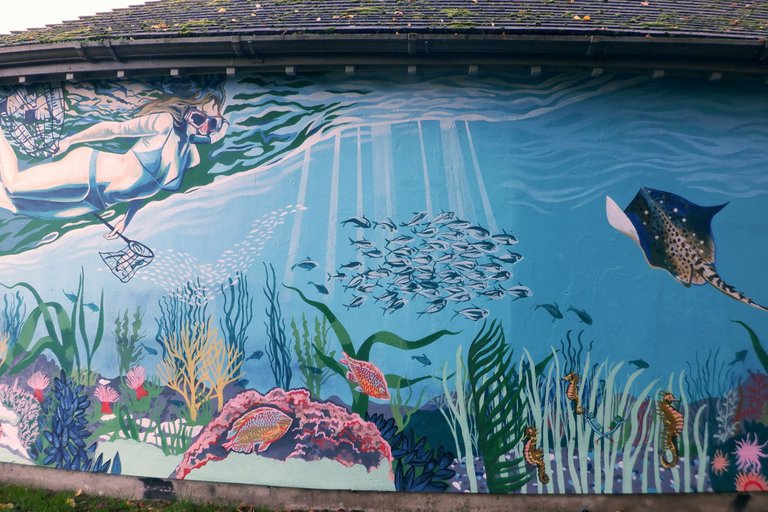The annual MURAL Festival in Montreal is taking a bold new direction this year by focusing on climate change as its central theme. Titled 'Wall to Earth,' the 2024 edition invites local and international artists to explore how environmental storytelling can reshape public spaces and consciousness.
Over two dozen large-scale murals are being painted throughout the Plateau-Mont-Royal borough, each addressing an aspect of the climate crisis—rising sea levels, biodiversity loss, indigenous land rights, and urban resilience. The artworks are being created live in public view, encouraging passersby to witness the intersection of art and activism.
Organizers partnered with environmental NGOs and community groups to ensure that the stories told reflect both global urgency and local relevance. Several murals were co-designed with youth climate activists and include QR codes that lead to digital resources and ways to take action.
Among the featured artists is Inuk painter Sila Komangapik, whose piece near Parc Jeanne-Mance depicts melting glaciers dissolving into ancestral spirits. “It’s not just about the environment,” she says. “It’s about memory and responsibility.”
The festival also includes a series of panel discussions, film screenings, and walking tours focused on environmental justice. Programming is bilingual and free to the public, with ASL interpretation and accessibility accommodations at all venues.
Festival director Xavier Léon says the shift toward climate narratives emerged after a community survey revealed growing concern about environmental degradation. “People want art that speaks to this moment,” he said. “They want stories that don’t ignore the storm outside.”
The event has attracted significant sponsorship from green energy firms and climate-focused philanthropies, allowing for greater logistical support and artist compensation. As a result, this year's festival is one of the largest in its history, both in scale and budget.
Some critics have questioned the festival's environmental footprint—particularly around the use of paint and construction equipment—but organizers have responded by sourcing non-toxic materials and offsetting emissions through verified carbon credits.
Residents have expressed strong support for the festival’s new direction, saying it brings urgency and emotion to a topic often buried in policy reports. “I’ve never cried looking at a wall before,” said local resident Marianne Tremblay. “Now I think about my daughter every time I walk past it.”
Montreal’s mural scene has long been a canvas for cultural expression. With 'Wall to Earth,' it becomes a platform for climate reflection, urging viewers to consider what kind of world they want reflected back at them.
